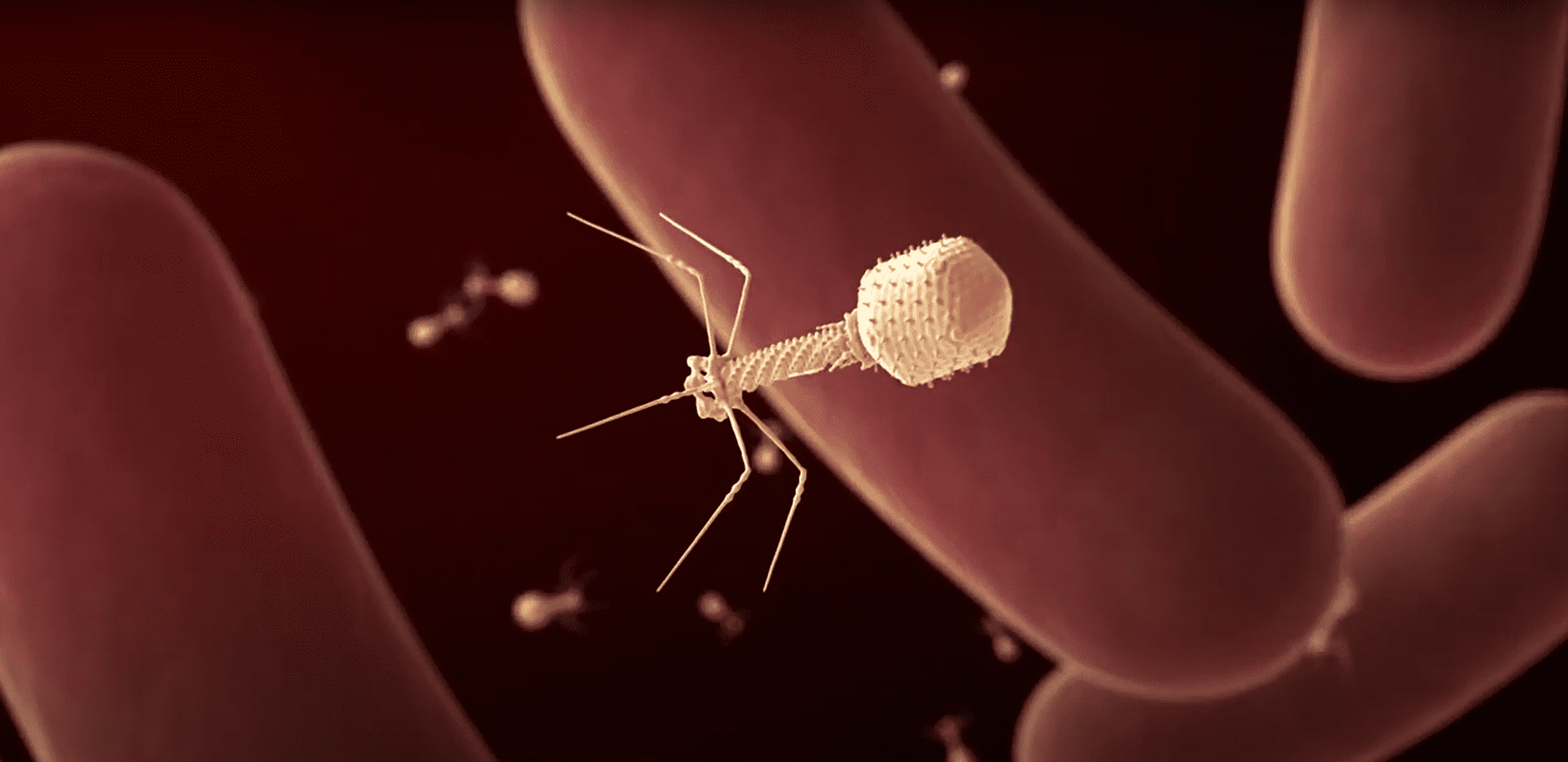
New Paper Points the Way to Make CRISPR Safer by Avoiding Chromosome Loss
When it comes to CRISPR safety, we often talk about off-target effects: when CRISPR proteins make cuts at the wrong site in the genome. But an equally important safety concern is on-target effects: when CRISPR proteins make cuts at the right spot, but the wrong kind of change occurs.
There have been reports in the past of the loss of large sections of chromosomes as a potential on-target effect of specific guide RNAs. Out today in Cell, a new paper from the Doudna lab and UC San Francisco collaborator Jimmie Ye uses single-cell analysis to look at chromosome loss after CRISPR-Cas9 editing using a broad range of guide RNAs. They find that chromosomal loss happens at a low rate across all potential genomic targets and chromosomes. This is also seen in clinical samples. In collaboration with CAR-T pioneer Carl June of the University of Pennsylvania and the Parker Institute for Cancer Immunotherapy and Howard Chang of Stanford, the authors suggest a protocol to prevent chromosome loss.

“This project has been a tremendous journey from a fundamental question about CRISPR genome editing to potential clinical consequence,” says first author Connor Tsuchida. “A real inflection point occurred when I presented the early parts of this project at a Cold Spring Harbor Laboratory Genome Editing Conference and met Howard Chang, beginning a huge collaboration between researchers and clinicians at UC Berkeley, UC San Francisco, the Gladstone Institutes, Stanford, and UPenn. We’re really excited about the fact that not only does our study elucidate fundamental answers about this unintended consequence of CRISPR-Cas9 genome editing, but it also reveals a method for avoiding this potential genotoxicity, which hasn’t been demonstrated before, for current and future clinical trials engineering T cells.”
Read the paper here.
 By
Hope Henderson
By
Hope Henderson



